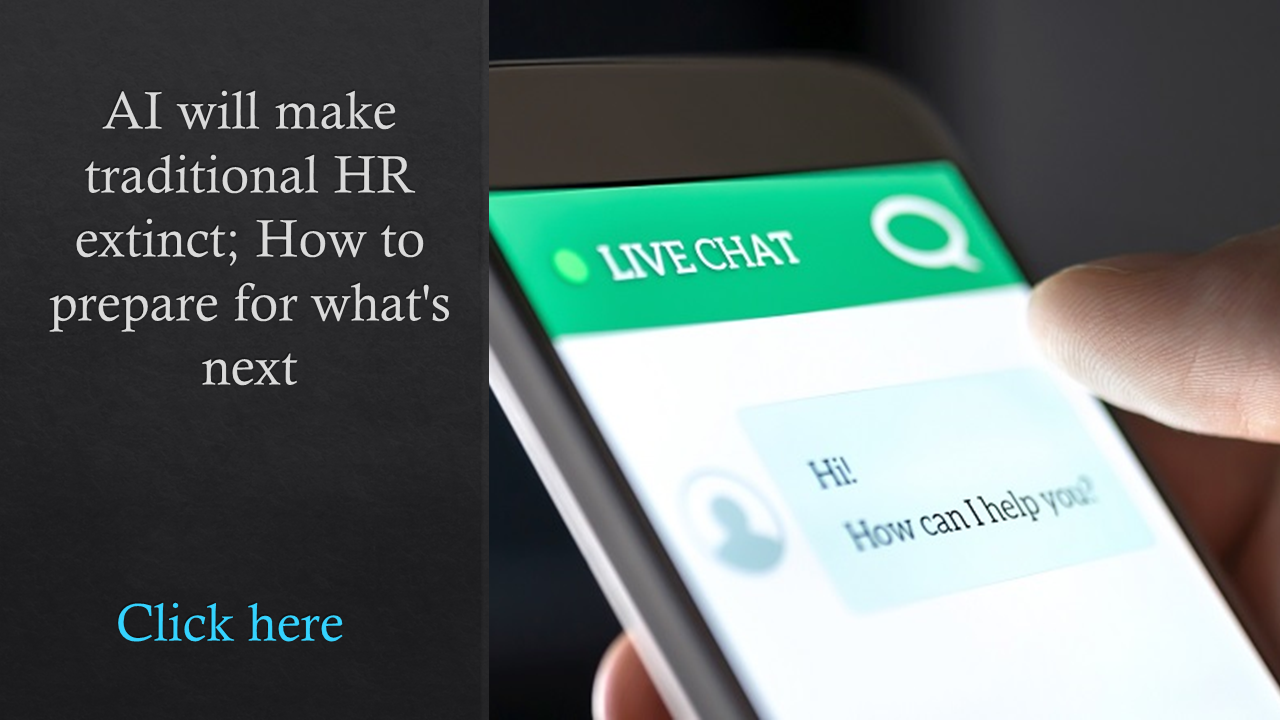Organizations around the world are strategizing for the post-pandemic workplace by pressing the reset button–revamping hiring practices, approaches to flex work, organizational culture and more for a new world. It’s also a prime opportunity to examine inequities in pay, experts say.
On average, women continue to earn 83 cents for every dollar that men make. Despite significant efforts to close that gap in recent years–including narrowing it by 6 cents between 2017 and 2020, according to a report earlier this year from Visier–the pandemic is threatening that progress. Women, minorities and low-income workers are experiencing greater pay disruption than other populations, which could be among the factors fueling the disproportionate exit of women from the workforce over the last year, says Ruth Thomas, senior consultant at CURO, a provider of compensation management and pay equity software.
Had progress on the pay gap continued at the same rate as it did over the last few years, pay equity could have been achieved within nine years–but, especially if women forced out over the last year eventually take lower-paying jobs, the pay gap could “stall or get even starker,” according to the Visier report.

At the same time, as employers struggle to hold onto their diverse talent, it is forcing them to recognize the individuality of their workforces. Before the pandemic, most HR and compensation policies treated employees as a “relatively homogenous body,” but the crisis has led to a “humanization of the workforce,” says Thomas, who will speak on a panel on pay equity during the Women in HR Tech Summit at the HR Technology Conference this fall.
Also see 3 ways to make pay equity central to your compensation strategy
“Now, we are seeing the emergence of a more individual approach in how we treat employees or recognizing we are all humans and individuals so there is a need to design more equitable and human-centered workplaces, work experiences and reward packages,” she says.
That’s prompting many business leaders to evaluate how equitably and fairly they pay employees–the answer to which can best be found through a robust pay equity audit, she says.
While pay equity has long been in the purview of HR, recently pay equity analyses have become more frequent–as opposed to annual reviews, HR is more likely to conduct them quarterly, with close oversight to minimize risk, says Top 100 HR Tech Influencer Lexy Martin, principal in Visier’s research and customer value practice, who will present on data-driven DE&I at HR Tech.
That goes hand in hand, she says, with evolving approaches to people analytics. From managing the return to the workplace to monitoring upticks in the pandemic such as with the Delta variant to supporting a remote or hybrid workforce, Martin says, people analytics is emerging as an essential tool in post-pandemic planning.
See also: Will employer vaccine mandates pick up with emerging Delta variant?

“The revision in approach [to people analytics] is to expand the analysis to ensure productivity with an empathetic attention to employee wellbeing, equity and inclusion,” Martin notes. That has included a heightened focus on eliminating bias during talent acquisition, development and retention, she says.
As that shift in people analytics happens, pay equity, Thomas adds, is being recognized as a key strategic imperative–no longer just a regulatory compliance requirement but rather a key retention tool.
Increasingly, Martin expects, organizations will be expanding access to people analytics beyond HR to include people leaders and managers–as expectations for DE&I goals trickle down through leadership. Companies including Panasonic, The Lego Group, Wayfair, Trane Technologies and Pitney Bowes are among those that have already made such moves, she says.
“Managers at all levels are increasingly being held accountable for actions to improve diversity, equity and inclusion. They need to be able to see they must adjust hiring while also adjusting promotions and development opportunities and attending to pay equity,” Martin says.
Related: DEI programs struggling? Connecting them to EX with these 4 strategies
Such shifts are creating enhanced demand for the DE&I tech market, Thomas adds. Artificial intelligence, machine learning, algorithms, text mining, sentiment analysis and natural language processing are among the areas fueling new approaches to people analytics–including as it relates to pay equity.
 “These technologies can help to address DE&I challenges across the employee lifecycle by creating consistent practices, simplifying complex decisions–particularly at scale–and tracking outcomes more effectively,” Thomas says.
“These technologies can help to address DE&I challenges across the employee lifecycle by creating consistent practices, simplifying complex decisions–particularly at scale–and tracking outcomes more effectively,” Thomas says.
Regardless of the tech employers use to tackle pay inequities, obtaining that data is the first step toward getting efforts to close the gender pay gap back on track.
“Only when you do this can you gain insights of where we have come from and identify where we want to go,” she says. “Then, we can set better goals and actions to progress gender equality.”
Click here to register for the HR Tech Conference to learn about the latest technologies being used to advance pay equity.



